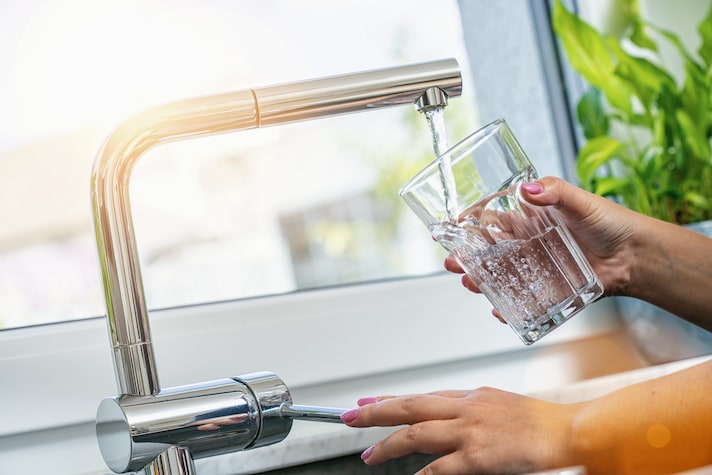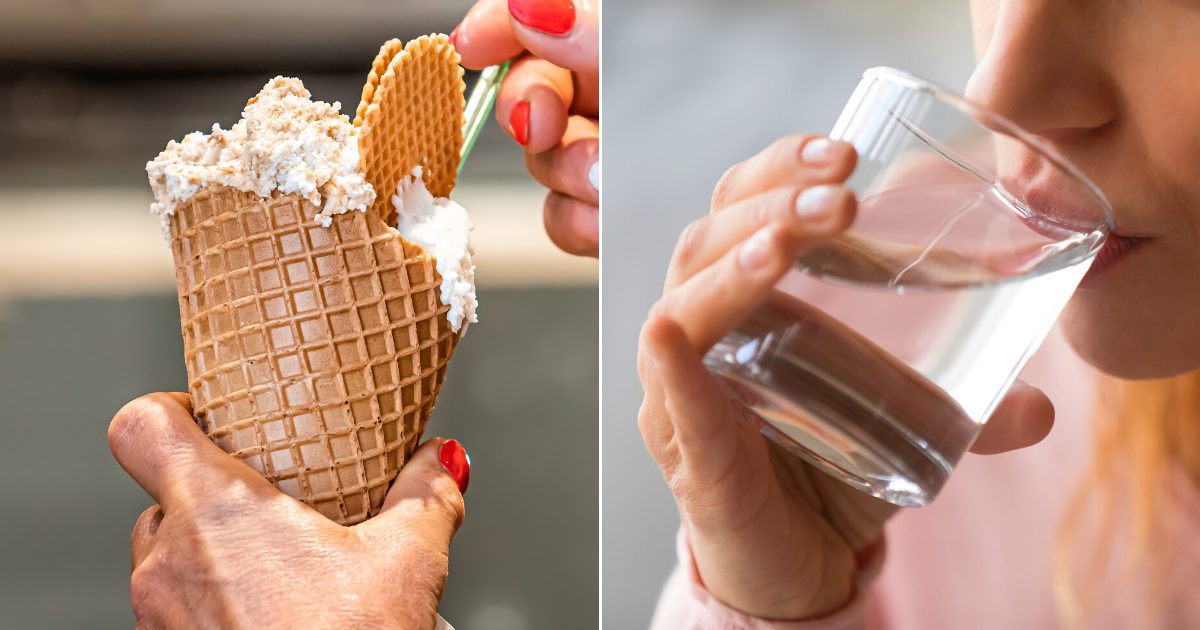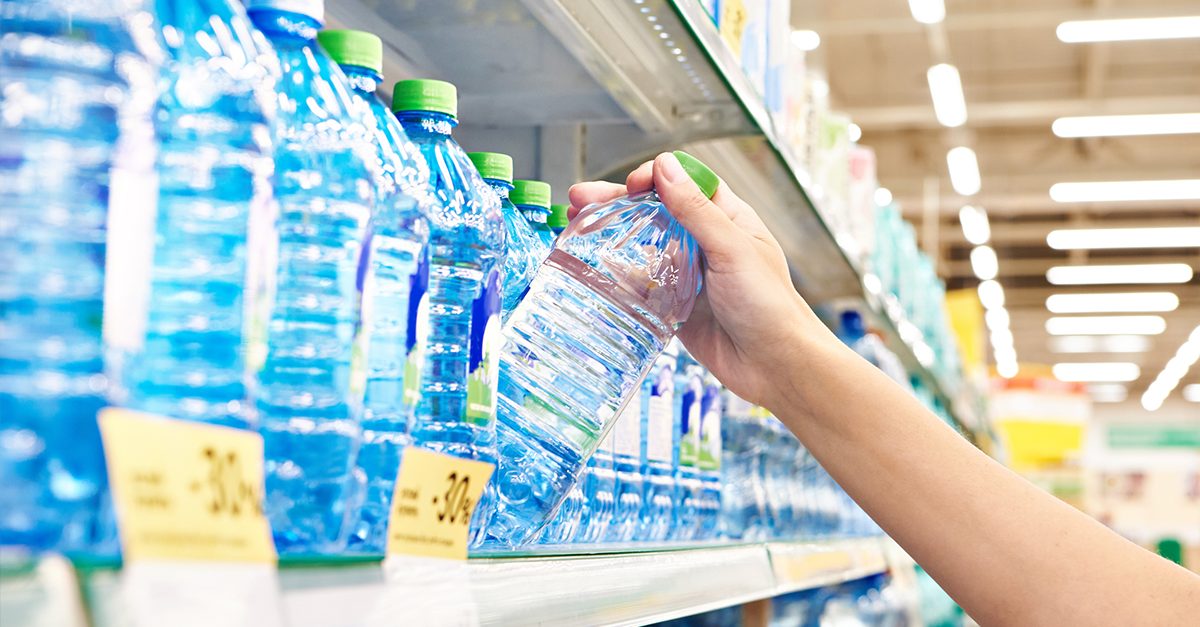Thirsty? Here Are 9 Types of Water You Can Drink
Water isn’t all the same, though. Some are cheaper or provide more nutrients than others, so here is the lowdown on 9 different types of water.
;)
Many of us aren’t drinking enough water to stay healthy. The amount you need depends on the person, and how much exercise they do, but staying hydrated is great for your health.
Water isn’t all the same, though. Some are cheaper or provide more nutrients than others, so here is the lowdown on 9 different types of water.
1. Tap Water

Tap water is found everywhere there is a public water supply, just by turning on a tap.
The Good: Tap water is safe to drink in most Western countries, and it’s also cheaper than buying bottled water.
The Bad: Although there are industry regulations in place to keep harmful substances out of the water supply, they don’t always work. Flint, in Michigan, has an ongoing water contamination issue, and the Guardian reported that there is research showing the presence of plastic particles in tap water around the world.
You can buy home filtration systems to give your tap water an extra clean.
2. Mineral Water

This water comes from a mineral spring, and does contain minerals such as sulfur, magnesium, and calcium.
The Good: Mineral water does have some health benefits, as it provides minerals your body needs. It can also help with digestion, and a lot of people prefer the taste of it over tap water.
The Bad: Mineral water is more expensive than tap water, and a lot of the minerals in it can be obtained from a healthy diet.
3. Spring or Glacier Water

These are bottled waters that are supposed to be bottled at source from where the water flows – either a spring or a glacier.
The Good: These waters should be relatively clean and free from contaminants, and they contain many of the same minerals found in mineral water.
It’s widely available in stores, with well-known brands such as Evian available in large or small bottles.
The Bad: Price is another sticking point, especially when compared to tap water. Some spring water is raw and unfiltered, which may carry some health risks.
4. Sparkling Water

This is often referred to as soda water or carbonated water, as it is infused with carbon dioxide gas while under pressure.
The Good: It feels totally different in the mouth to flat water, which is good if you want a fizzy drink without added sugar or sweeteners.
Some sparkling waters such as Perrier and San Pellegrino contain minerals, which are good for your health.
The Bad: The amount of minerals present in sparkling water may not be enough to benefit your health in a meaningful way. It can also be expensive compared to tap and other types of bottled water.
5. Distilled Water

This water is made when water is boiled, and the steam collected and condensed back into a liquid.
The Good: It’s a great option if you live or visit a place where the tap water supply could be contaminated.
The Bad: It contains no minerals or vitamins, and it could actually pull minerals from your teeth.
6. Purified Water

Purified water is usually tap or ground water that has been treated to remove bacteria, fungi, and parasites.
The Good: It’s a good choice if your water source is contaminated, but many countries purify tap water anyway, so you’re basically drinking purified water when you fill a cup from your taps.
The Bad: As all the substances are removed in purified water, you could miss out on beneficial additions to tap water, such as fluoride which helps fight tooth decay.
Cost is also an issue with purified water.
7. Flavored or Infused Water

This is water that’s been sweetened with sugar or sweeteners, and contains flavorings.
The Good: Flavored water tastes good, which makes it easier to drink in larger quantities.
The range of flavors available means you can add variety to your water intake, and flavor can be added naturally by infusing fruit or vegetables in tap or bottled water.
The Bad: Many flavored waters contain added sugar or artificial sweeteners. Those containing sugar can lead to weight gain, and some people react badly to artificial sweeteners.
8. Alkaline Water

This water has a higher pH level than tap water, and contains alkaline minerals.
The Good: Some people believe that the higher pH level may neutralize acid in the body, help slow aging, or even prevent cancer. There is hardly any scientific proof of this, though.
The Bad: It should be safe to drink alkaline water, but it could reduce stomach acidity which may lower your body’s ability to kill off harmful bacteria.
If too much of it is drunk, it could lead to metabolic alkalosis, which can produce symptoms like nausea and vomiting.
9. Well Water

Well water is untreated water straight from the ground.
The Good: There are risks to drinking untreated water from wells, but there are steps you can take to reduce the risks, like testing the water annually for bacteria, nitrates, and pH levels. You can also install a filtration system.
The Bad: There is a chance of contamination from bacteria and parasites like giardia.
;Resize,width=767;)

;Resize,width=712;)
;Resize,width=712;)
